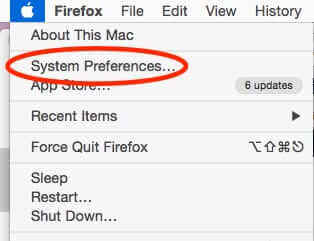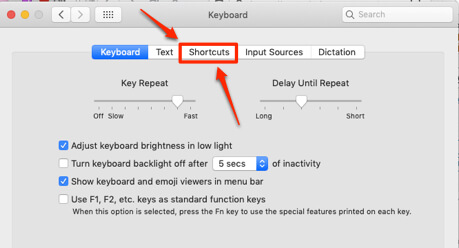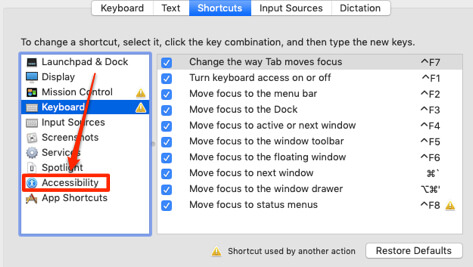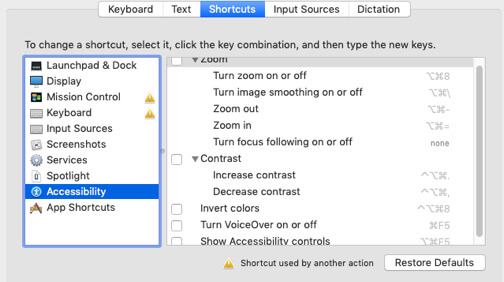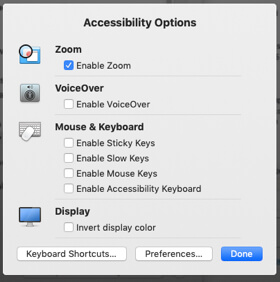
It’s almost 2020, you would think that by now Apple would have stopped making ⌘-Q quit a program, or at least make it easy to remap or disable Command Q so that it doesn’t quit an app when you accidentally hit it. But they haven’t. So here is how to remap ⌘-Q so that it doesn’t quit a program.
First, generally speaking, the conventional wisdom has been that you can only remap command-Q on a program by program basis. In other words, for every app on your Mac that you don’t want to accidentally quit (are there any that you do?) you have to remap command-Q for that particular app. (Yes, we do use the terms ‘program’ and ‘app’ interchangeably here.)
By the way, did you know that the ⌘ symbol is known as the ‘place of interest’ symbol?
According to that font of knowledge, Wikipedia, it became known as the place of interest symbol when Finland, in the 1950s, started using it on signs to denote a, well, place of interest. However, it was even used in ancient times, being found on artifacts as old as from 600 AD or older. In fact even in Finland, before they started using it as a pointer to places of interest, it was a symbol used on objects to, as Wikipedia tells us, protect the objects and their owners from bad luck.
The Internet Patrol is completely free, and reader-supported. Your tips via CashApp, Venmo, or Paypal are appreciated! Receipts will come from ISIPP.
So we find the fact that the ⌘ now causes all sorts of bad luck, at least for Mac users, to be pretty ironic.
Anyway, as we were saying, the conventional wisdom has generally been that you have to disable command-Q on an app by app basis, which is pretty time consuming and frustrating. Plus, it doesn’t always work, because while you can create a new shortcut to quit the app, you can’t always disable the command-Q (i.e. the act of creating a new ‘quit’ shortcut doesn’t disable the command-Q quit shortcut, so you just end up with two shortcuts to quit the app – not exactly what you wanted).
But there is actually a much better, much easier, not to mention universal (by which we mean it will completely disable command-Q from quitting any program) way to deal with this.
The trick is to remap the keyboard generally, not for a particular program.
Here’s how to do it.
How to Remap Command Q (⌘-Q) so that it Doesn’t Quit Programs
The key (no pun intended) to this is in the Accessibility settings, which allow you to customize certain settings across all programs, to make them more accessible to those with various needs.
Specifically, in this case, you want to access the accessibility options for the keyboard.
To do this, go to your system preferences on your Mac.
Now select your keyboard preferences.
Select Shortcuts.
Once in the shortcuts area select Accessibility.
In the accessibility area you will see options on the right, and any of them can be remapped to be triggered by command-Q, which will override the default command-Q function, which is to quit a program.
So pick one of the functions that is not checked – we like “Show Accessibility controls” as we never use that one otherwise. We have also heard of people using the “Invert colors”, which is kind of fun as you instantly see that you accidentally hit command-Q, but no harm done.
Whichever you choose, to remap it to command-Q simply check the box next to it, and then double-click on the key combination to which it is currently mapped, and change the combination by pressing ⌘ and q at the same time.
And then press ⌘ and q at the same time.
That’s it! Now whenever you accidentally hit command-Q, instead of quitting whatever program you are in, you will see this:
Or, if you prefer to remap command-Q to the Invert colors option, use that for a fun change of visual pace!
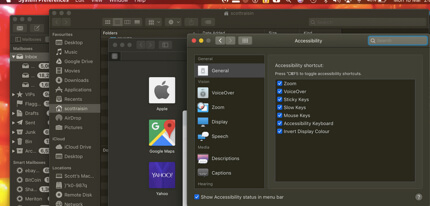
So which option did you remap?
The Internet Patrol is completely free, and reader-supported. Your tips via CashApp, Venmo, or Paypal are appreciated! Receipts will come from ISIPP.




